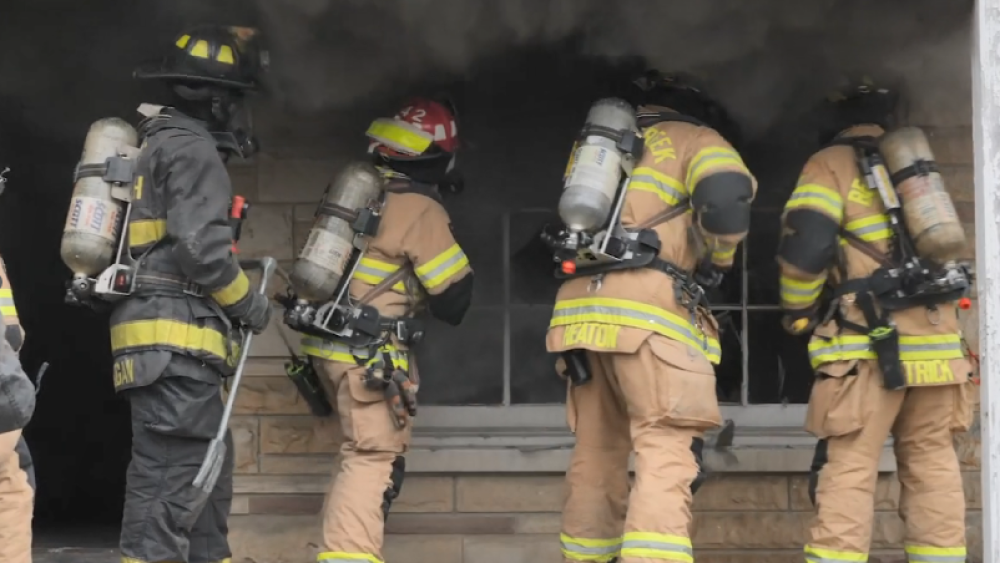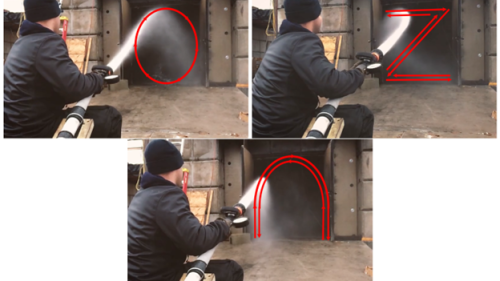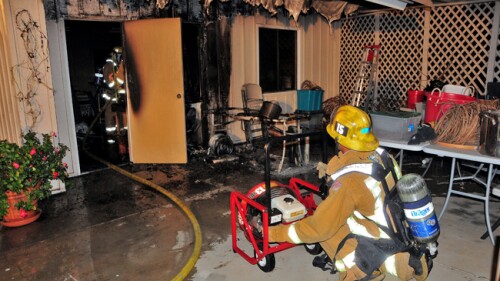As research continues to emerge, highlighting the importance of coordinated ventilation, firefighters are forced to adjust strategies and tactics. This special coverage series reviews the current ventilation-focused research and offers detailed steps for how to best implement the various ventilation operations – vertical ventilation, horizontal ventilation, positive pressure ventilation, among other tips and tricks to ensure safe fireground operations.
MOST POPULAR
- Federal agents detain crews, arrest firefighters battling Wash. wildfire
- Mich. fire chief, city sued over alleged bra checks of female firefighter
- Cleveland fire chief under internal review for Charlie Kirk post
- Md. firefighters charged after deliberately flooding baseball field
- LODD: Chicago firefighter succumbs to injuries during garage fire
MORE FIREGROUND OPERATIONS
From the Los Angeles wildfires to dramatic rescues, we’re looking back at the biggest stories of the year captured on camera
Survey reveals five training gaps that continue to rise to the surface
Understanding the culture, conflict and community expectations associated with firefighter risk-taking
When resources run short during disasters, disciplined command becomes the key to prioritizing needs and coordinating aid
Snow can hinder the size-up, hiding dangers and firefighter tools, and requires more effort to effect a fire attack, making rehab a must
Fire departments and individual members can take several measures to make cold weather operations safer and more comfortable
Putting to rest the idea that safety culture and aggressive tactics are mutually exclusive
Firefighters report more low-air events, close calls and injuries — and limited follow-through from their organizations
Budget constraints, staffing, apparatus procurement, and the electric vehicle transition



















